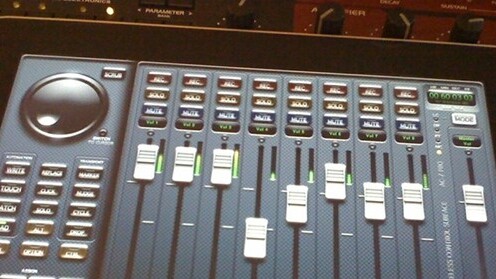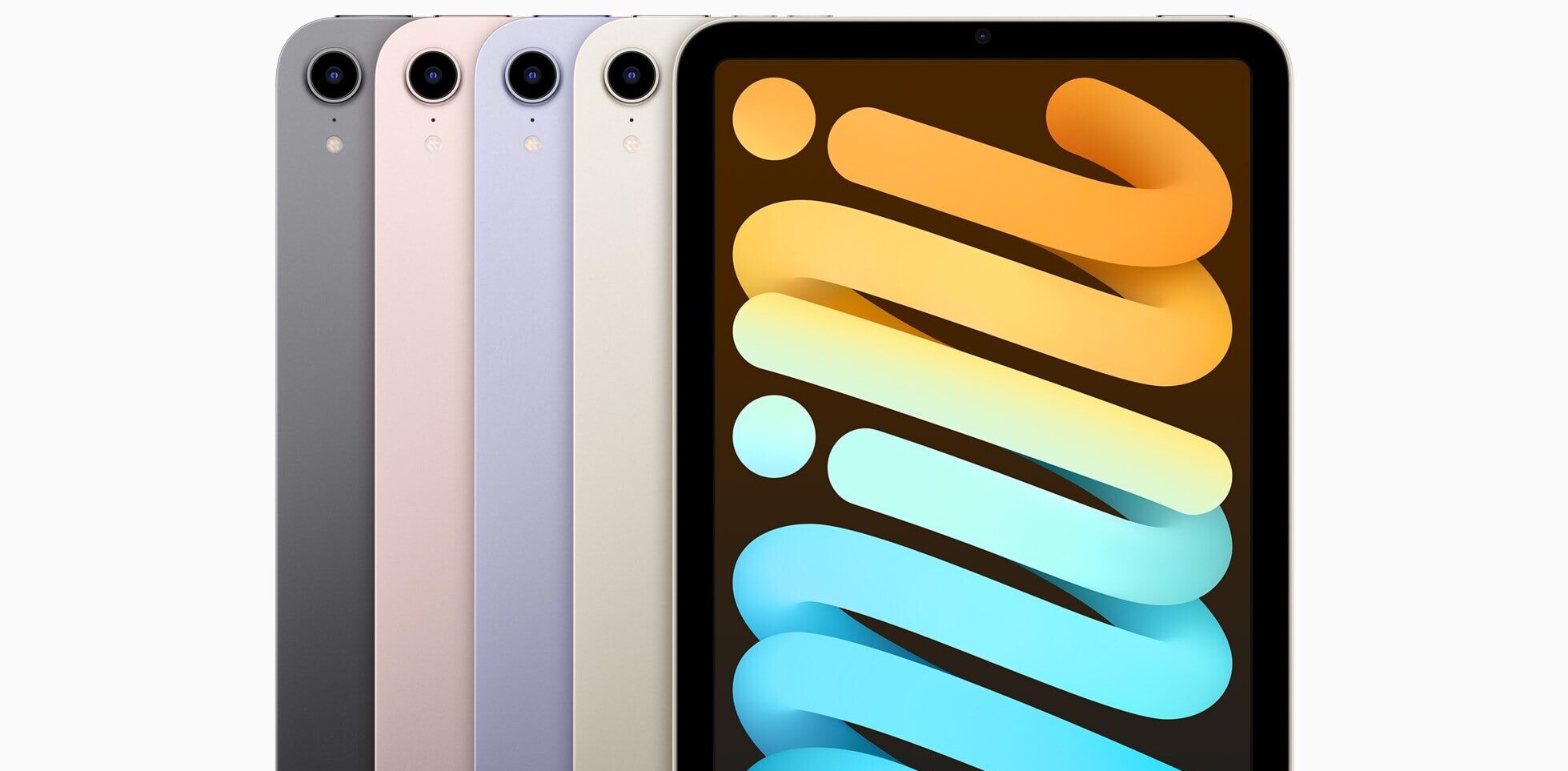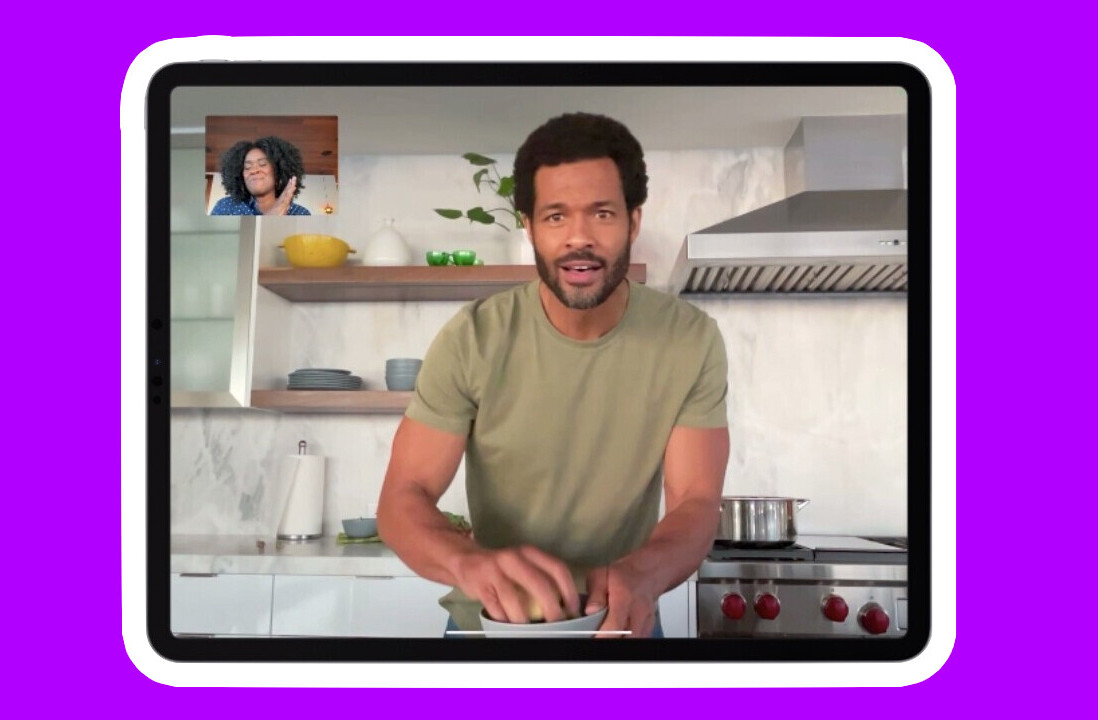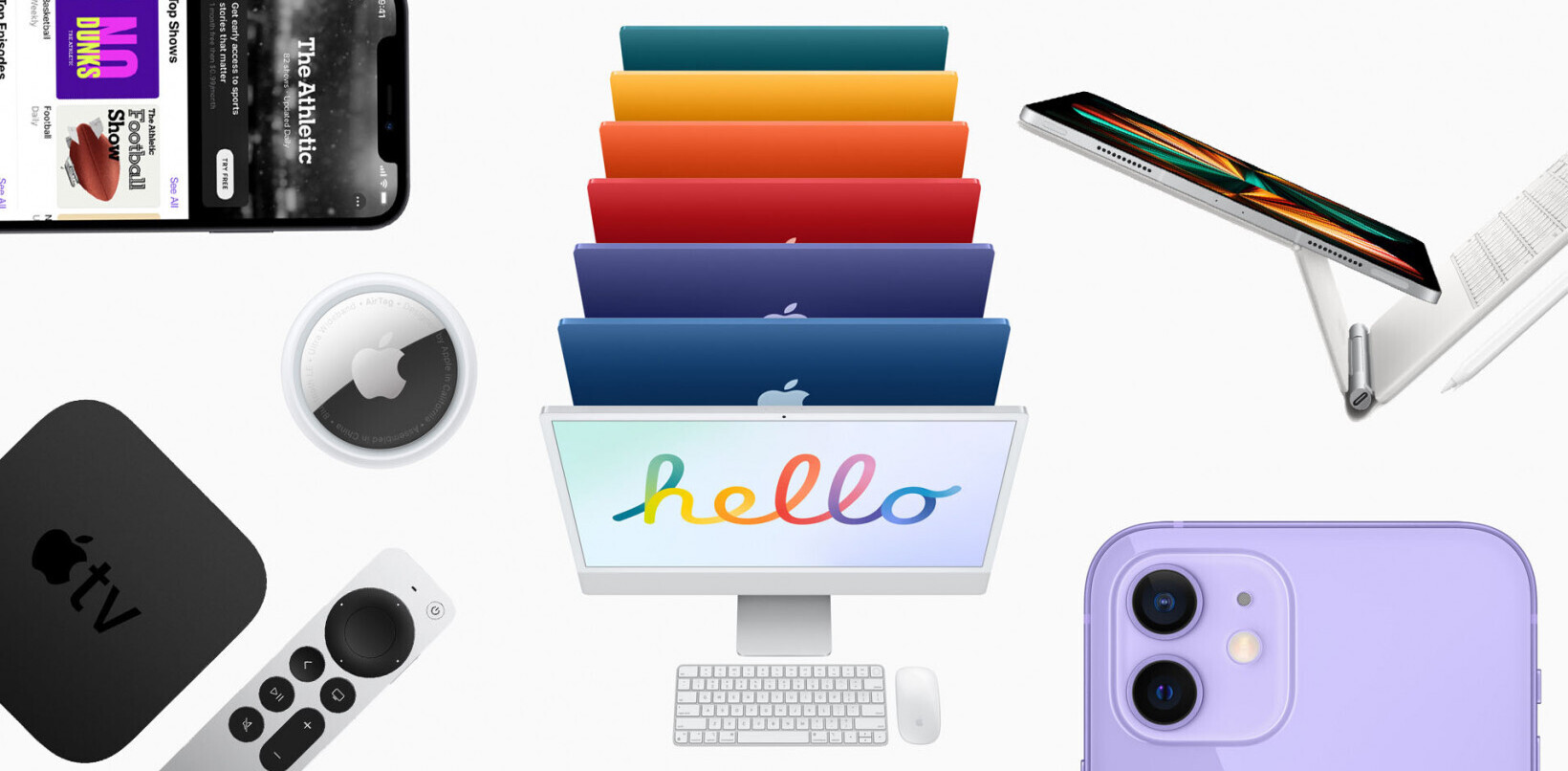
Those of us who make music on iOS devices were following Wednesday’s iPad 2 announcement with nothing short of baited breath.
After all we’ve been more than spoilt in the last year with some of the amazing music production and performance apps that have become available, not to mention the add-ons and peripherals such as guitar interfaces, microphones and MIDI controllers – it’s hardly a surprise that we’re eager for more.
To say we got more than we bargained for might even be something of an understatement since it certainly seemed that the idea of using the iPad as a creative tool was at the heart of Apple’s announcement, especially the confirmation that GarageBand – the popular music production tool for the Mac – would be coming to the iPad soon and with a very impressive looking set of features too.
For me this came a pretty pleasant surprise. I’d seen a fair bit of speculation about what might be coming next but nothing suggesting Apple were going to take this leap into music software for iOS. In hindsight it does make an awful lot of sense, since music apps such as Amplitube have been massively popular on iOS and Apple has had a keen interest in music production in the past, especially since they acquired Logic, a popular digital audio workstation back in 2002.
Touch sensitive
Another feature which has been received with a fair degree of excitement from both users and developers is that in the future the iPad will be able to detect how hard the screen is tapped or touched, apparently using the device’s accelerometer. This means that the iPad can become what is widely known as “velocity sensitive” – essentially that it can reproduce the varying tones and timbres that musical instruments have, as determined by how soft or hard you play.
As well as adding a new level of realism to instrument apps, this also means that the iPad can now be properly used in the same way that existing MIDI controller keyboards are. In fact, by combining this new touch feature with the existing control offered by multi-touch and the device’s accelerometer, Apple has made the iPad an even more appealing and flexible musical controller than anyone ever really expected it would be.
Music making in the mainstream
I’m fairly certain that GarageBand’s release is going to further push mobile music making into the mainstream, especially at the remarkably low price that Apple have opted for here. What I’d like to see is more focus on this area from other platform developers, especially Android which has (with the exception of a few music apps such as Uloops) been a bit of a non-starter in this space despite what appears to be a massive amount of demand from musicians sporting Android devices.
Whether the emergence of GarageBand on iPad is a good thing for iOS developers, however, is perhaps debatable since its low value and pretty impressive range of features could end up making it the go-to music making app for many users. It might be a wise move to allow these developers’ existing or future apps to work within GarageBand, something that the iPad 2’s new dual processor is likely to be able to handle. However, I suspect that, for the time being at least, it’s going to be a case of “healthy competition” and hopefully Apple making use of the iPad’s new features will seriously up third party developers’ game.
Get the TNW newsletter
Get the most important tech news in your inbox each week.





